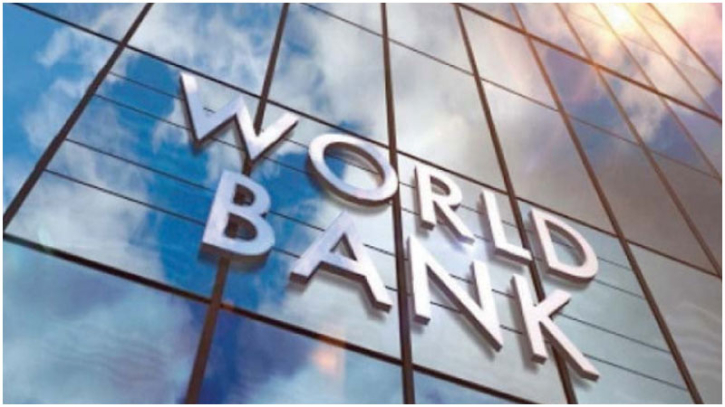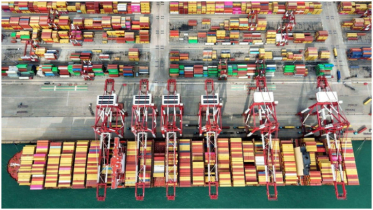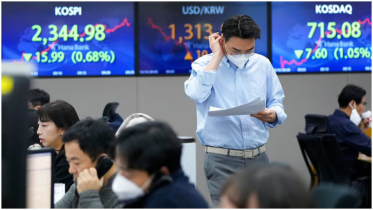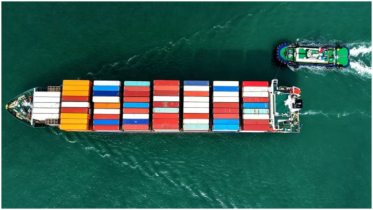WB cuts Pakistan's growth forecast to 2.6%

The World Bank has sharply downgraded Pakistan’s FY2025–26 growth projection to 2.6%, warning that deep-rooted structural weaknesses, climate shocks, and fiscal constraints continue to weigh on the economy.
In its October 2025 MENAAP Economic Update, the Bank painted a cautious outlook for Pakistan, diverging from the State Bank of Pakistan (SBP) and the Ministry of Finance, both of which expect higher growth. The SBP’s September Monetary Policy statement had projected growth to remain near the lower end of its 3.25%–4.25% range, but the World Bank’s assessment suggests a slower recovery ahead.
Economic headwinds and flood impact
The World Bank attributed the subdued outlook largely to the devastating floods that struck Punjab and Sindh, slashing agricultural output by nearly 10%. Major crops—including rice, sugarcane, wheat, cotton, and maize—suffered severe losses, eroding export revenues and threatening food security.
Agriculture, which employs almost 40% of Pakistan’s labor force and contributes around 20% of GDP, remains crippled by water shortages, damaged irrigation systems, and delayed rehabilitation efforts. The report warns that continued climate-related disruptions could trigger recurring supply-side inflation, undermining household incomes and purchasing power.
While global food and energy prices have eased, domestic inflation in Pakistan remains volatile, fueled by inefficient supply chains and weak market governance.
Weak exports and limited fiscal space
Externally, Pakistan’s trade outlook remains bleak. Following U.S. tariff measures introduced in early 2025, Pakistan’s exports are expected to contract by up to 1.5%, the sharpest decline among non-oil developing economies in the MENAAP region.
Unlike regional peers such as Morocco and Egypt, which have benefited from tourism and investment rebounds, Pakistan’s exports remain narrowly concentrated in low-value textiles and agriculture-based goods. Energy shortages and limited diversification continue to hinder competitiveness.
The Bank noted that Pakistan’s National Tariff Policy (2025–2030)—aimed at halving import tariffs within five years—could enhance competitiveness in the medium term, but meaningful gains will depend on parallel reforms in logistics, taxation, and energy pricing.
Poverty surge and social strain
The World Bank delivered a stark warning about rising poverty, noting that between 2018 and 2023, the share of Pakistanis living below the $3-per-day (PPP) poverty line soared from 16.5% to 46%. At the $4.2-per-day threshold, nearly 90% of the population is now considered poor.
The report links this deterioration to inflation, climate disasters, and the pandemic, which have eroded real incomes and forced millions into informal or insecure employment. Declining school attendance, food insecurity, and reduced access to social protection are among the consequences.
With fiscal resources stretched thin, the government has struggled to expand social safety nets, leaving millions vulnerable to further shocks. The Bank cautioned that rising inequality could fuel social instability if not addressed through stronger welfare and labor market reforms.
Untapped potential of women in the workforce
The report highlights women’s low labor force participation, just 21%, as a major drag on economic potential. Despite progress in female education, particularly at university levels, restrictive social norms, safety concerns, and inadequate childcare continue to limit women’s participation in the formal economy.
The World Bank estimates that closing the gender employment gap could raise Pakistan’s GDP per capita by 20–30%, among the highest potential gains globally. However, it stresses that “partial fixes will not suffice,” calling for comprehensive reforms—including safe public transport, flexible work options, workplace protections, and awareness programs to shift societal attitudes.
Climate and fiscal challenges
Climate change remains a major threat to Pakistan’s long-term stability. The floods of 2022 and 2025 inflicted billions of dollars in damages, widening fiscal deficits and diverting resources away from development. The Bank warns that without major investment in climate resilience, including flood defenses, sustainable agriculture, and renewable energy, growth will remain fragile.
Meanwhile, debt servicing continues to consume a large share of government revenues, limiting room for public investment. With external financing heavily reliant on IMF programs and bilateral loans, fiscal flexibility remains constrained.
Outlook
Overall, the World Bank’s outlook for Pakistan is one of slow recovery and high vulnerability. Persistent inflation, weak exports, and limited reforms are expected to keep growth subdued, while rising poverty and climate risks pose mounting challenges.
To unlock sustainable growth, the Bank emphasizes the need for structural reforms, gender inclusion, and climate adaptation—warning that without them, Pakistan risks being trapped in a cycle of low growth, high debt, and deepening inequality.
.png)




